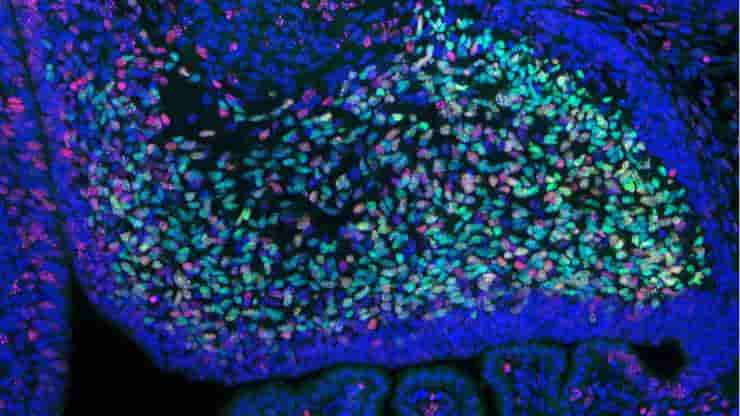A novel human brain organoid model has been developed by the laboratory of Giorgia Quadrato, which is an unprecedented achievement for stem cell scientists at the University of Southern California. The model produces every major cell type of the cerebellum, a region in the hindbrain primarily composed of granule cells and Purkinje neurons—cell types essential for movement, cognition, and emotion.
This is the first time that Purkinje cells with the molecular and electrical characteristics of functioning neurons have been successfully grown in an all-human system.
“The reproducible co-development and maturation of the main cell types of the developing cerebellum in a human organoid model provide a new way to explore the underlying biology of cerebellar development and disorders and advance therapeutic interventions,”
explained Quadrato, an assistant professor in the Eli and Edythe Broad CIRM Center for Regenerative Medicine and Stem Cell Research at the Keck School of Medicine of USC.
Organoid Formation
The cerebellum governs movement as well as cognitive functions such as language, spatial processing, working memory, executive functions, and emotional processing. Purkinje cell degeneration has been linked to a number of neurodevelopmental and neurodegenerative illnesses, including autism spectrum disorder and cerebellar ataxia, a condition that affects muscle mobility.
Indicating that they were also functional nerve cells, other neurons within the organoids — both excitatory neurons that share information and inhibitory neurons that prevent information sharing — formed circuits and displayed coordinated network activity.
In addition, organoids formed human-specific progenitor cells, which are associated with medulloblastoma, the most prevalent metastatic brain tumor in children. This makes the organoids a potentially useful model for studying and finding treatments for this pediatric cancer.
The organoid model establishes a foundation for the discovery of novel treatments for a wide range of diseases. With the right external cues, the organoids could also be coaxed into forming anatomical features like layers, mimicking normal embryonic brain development.
“This study provides a physiologically relevant, all-human model system to elucidate the cell type-specific mechanisms governing cerebellar development and disease,”
said first author Alexander Atamian, a Ph.D. candidate in the Quadrato Lab.
Reference:
- Alexander Atamian et al. Human Cerebellar Organoids with functional Purkinje Cells. Cell Stem Cell (2024). DOI: 10.1016/j.stem.2023.11.013
Image: the cerebellum of a mouse embryo. Multiplying neurons are shown in red. Purkinje cells are shown in green. Blue color indicates all the cell nuclei. Credit: Vittorio Sartorelli, M.D., NIAMS Laboratory of Muscle Stem Cells and Gene Regulation
